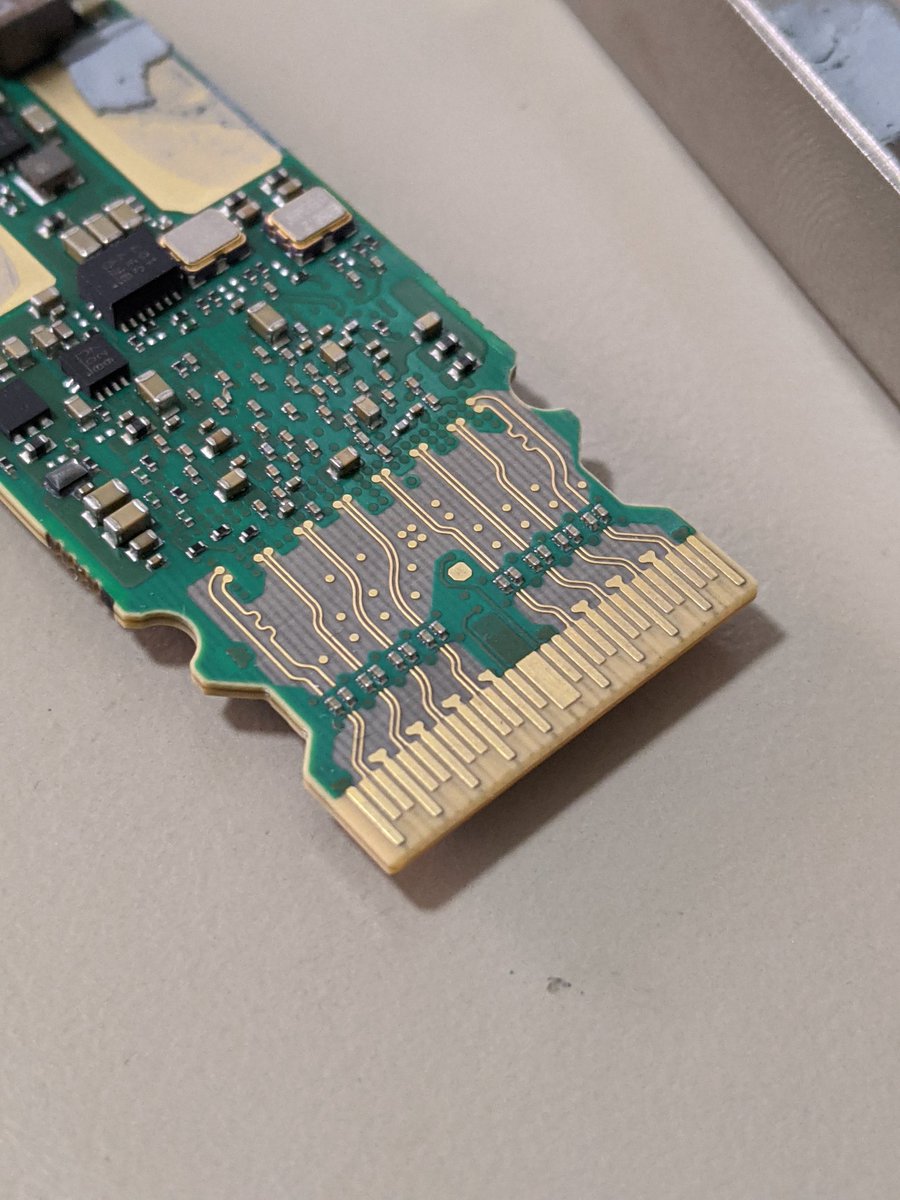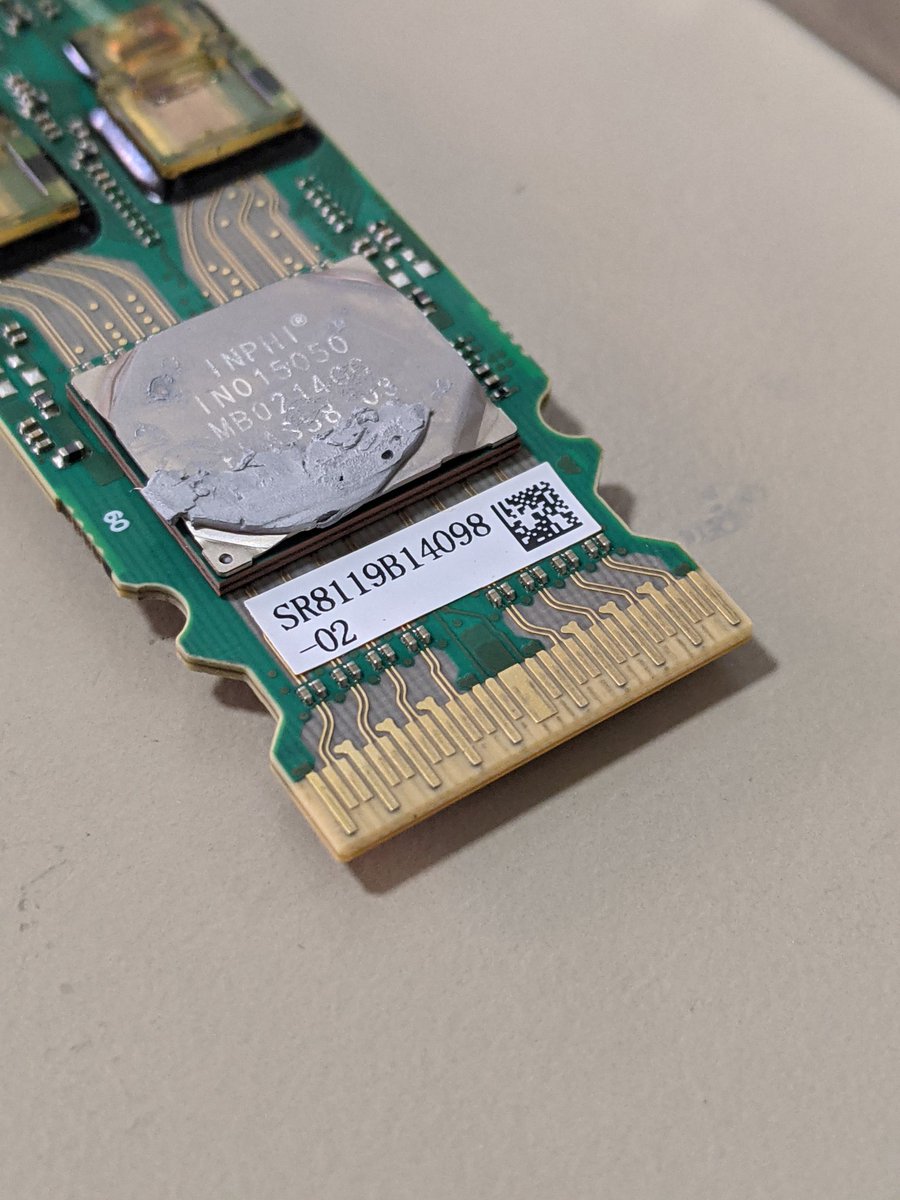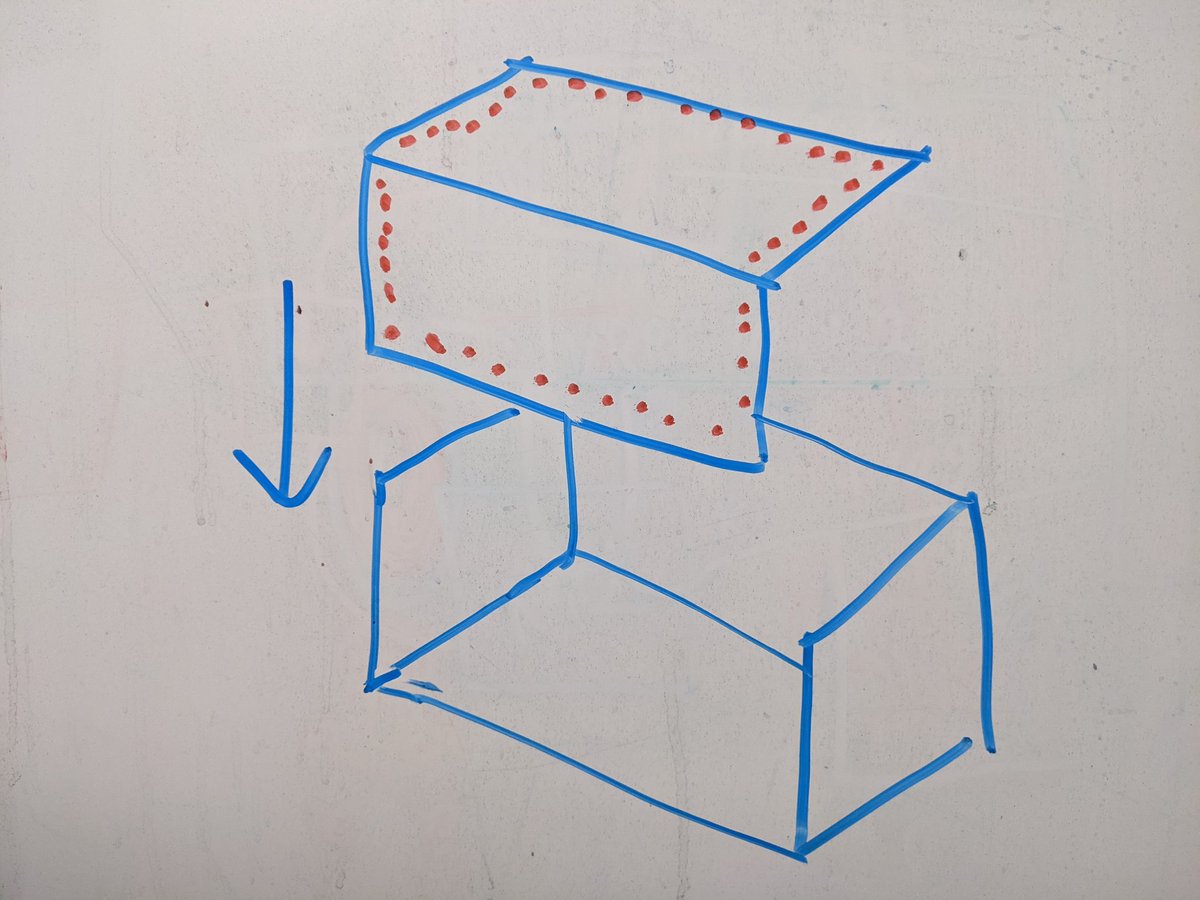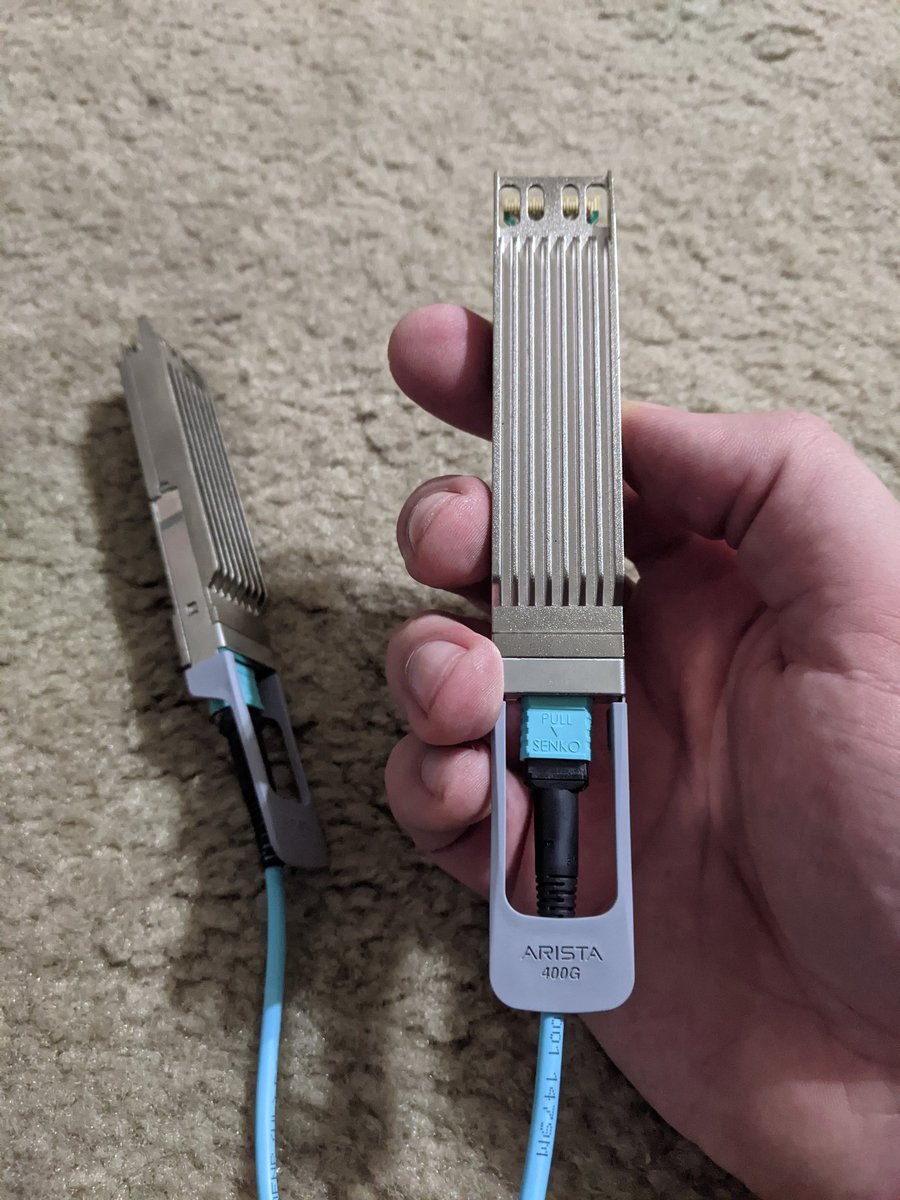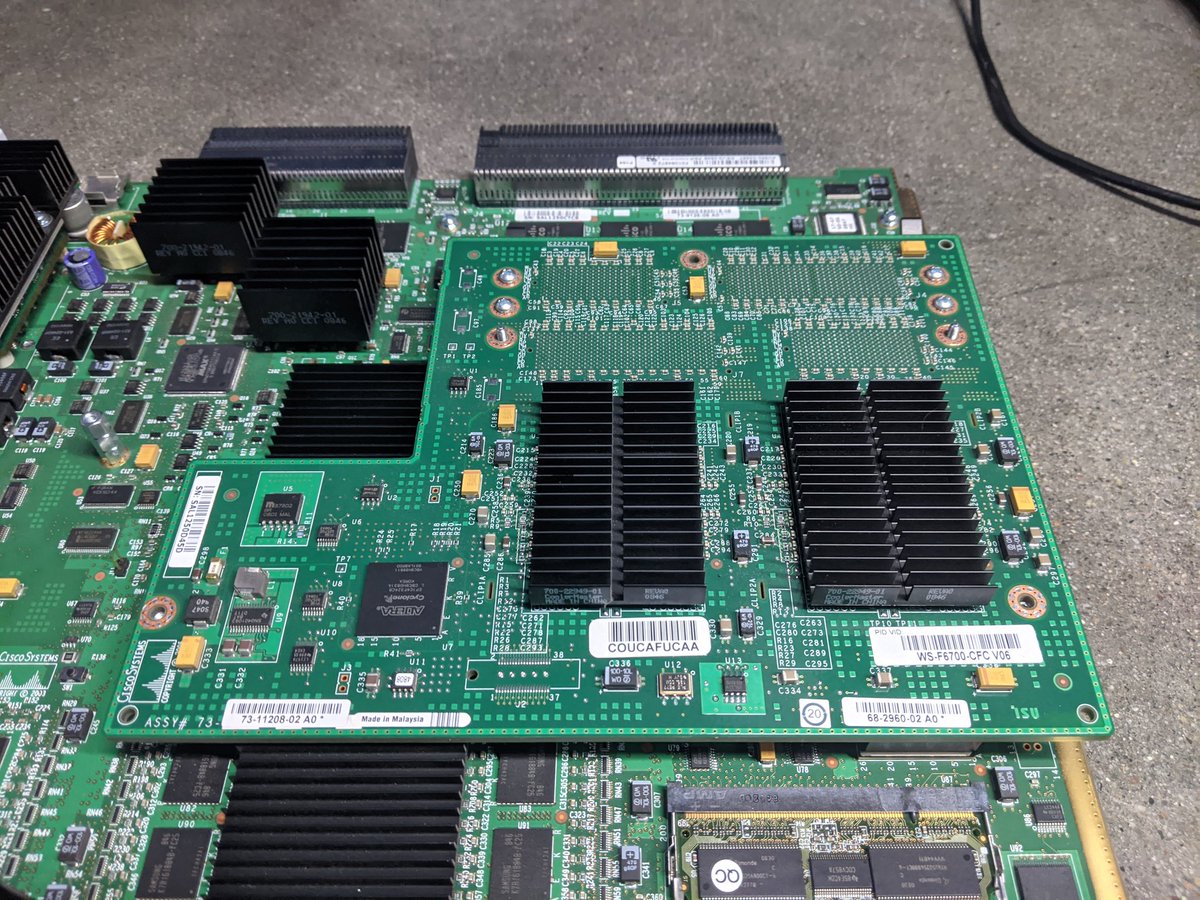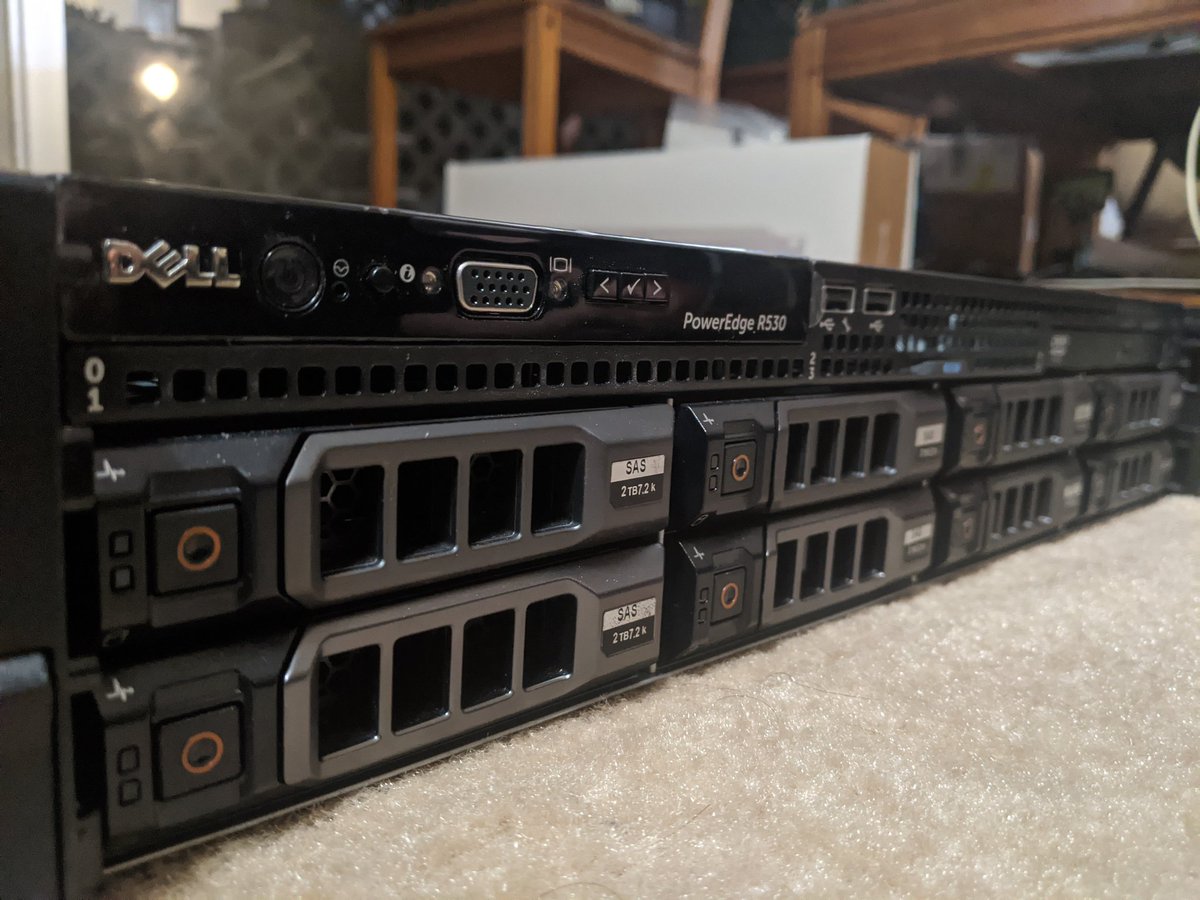
I can't remember the last time I played a video game, but I bought shapez io for this weekend.
It's definitely enjoyable. All the puzzle solving of Factorio without the combat or resource management
It's definitely enjoyable. All the puzzle solving of Factorio without the combat or resource management
• • •
Missing some Tweet in this thread? You can try to
force a refresh







